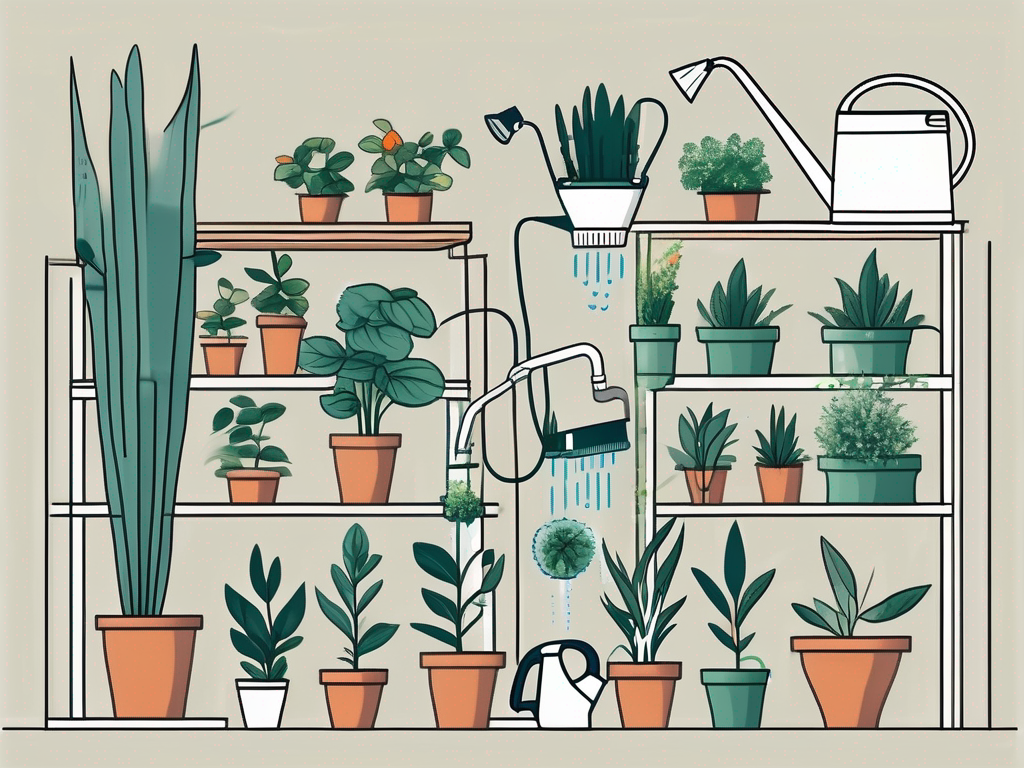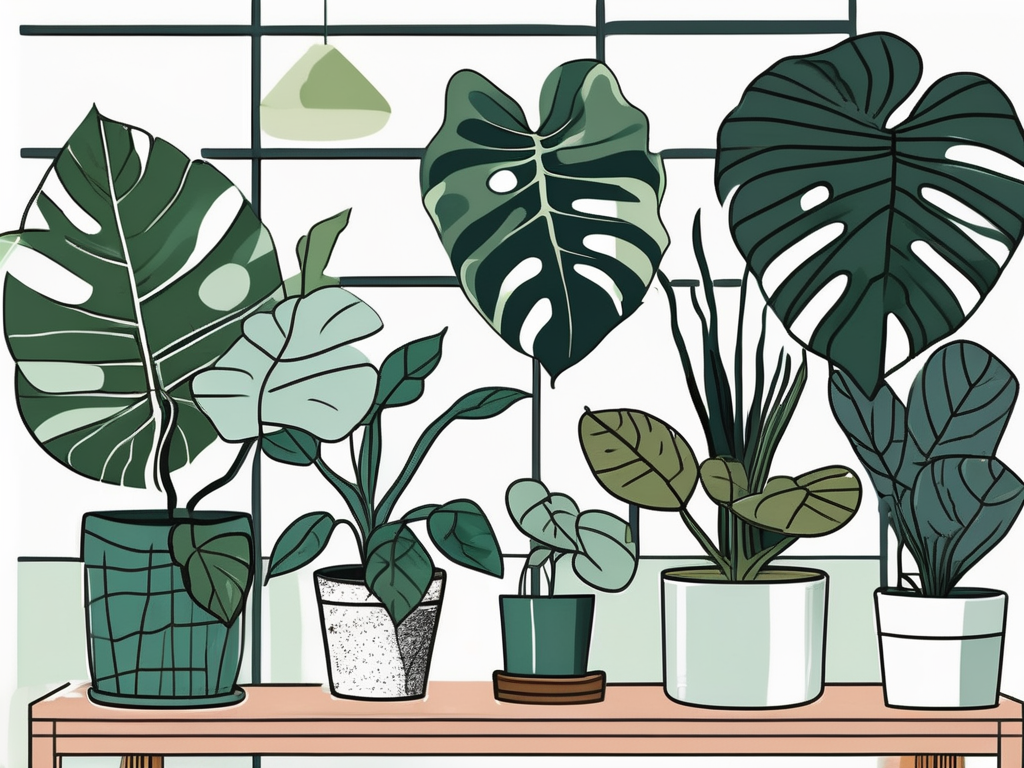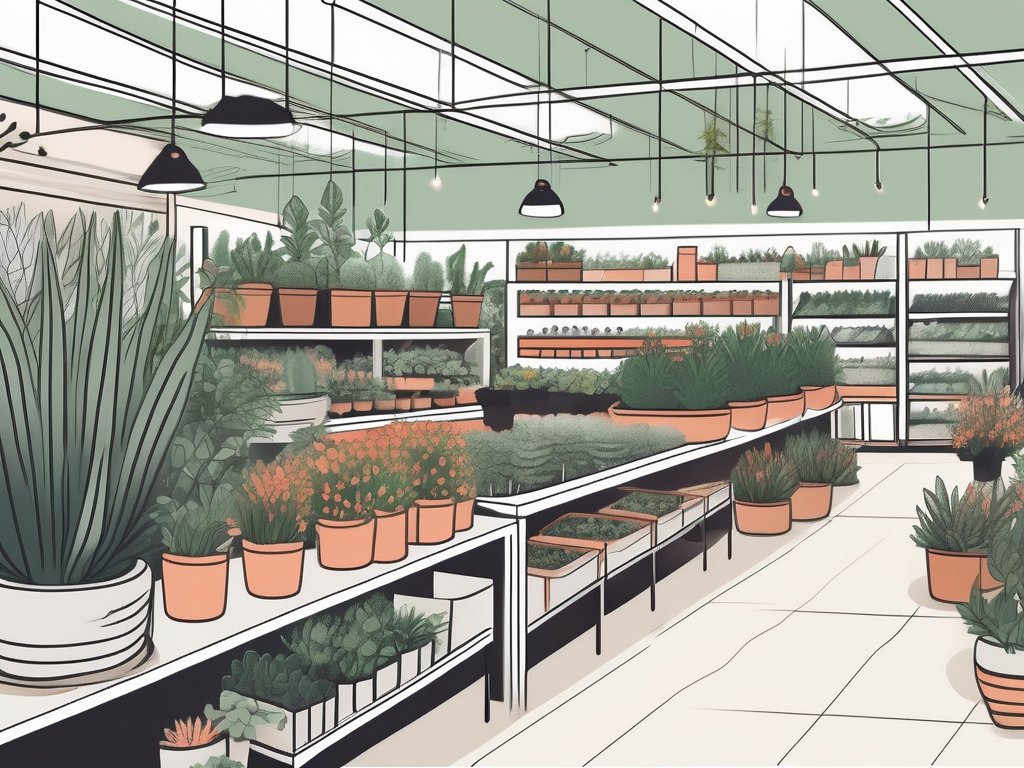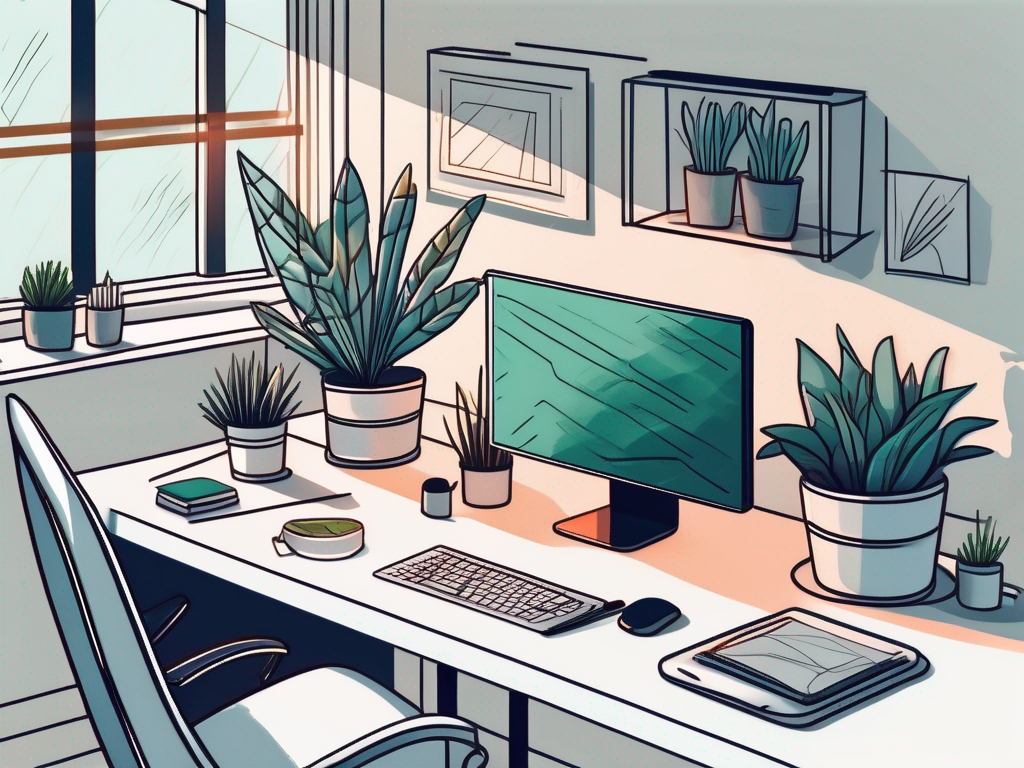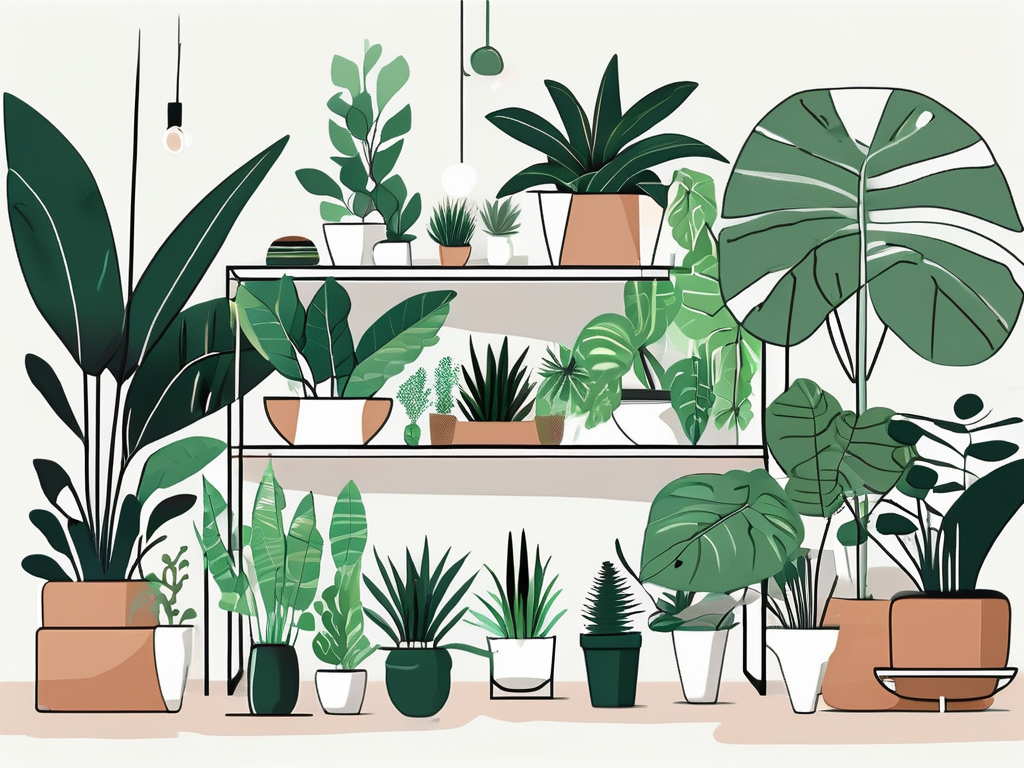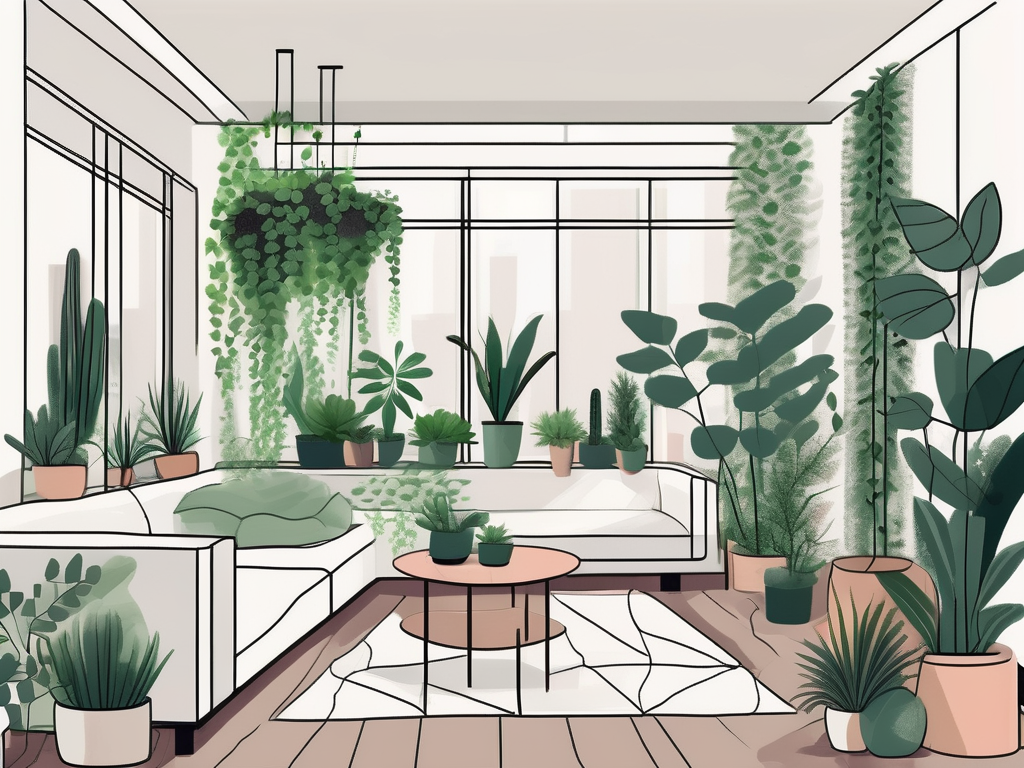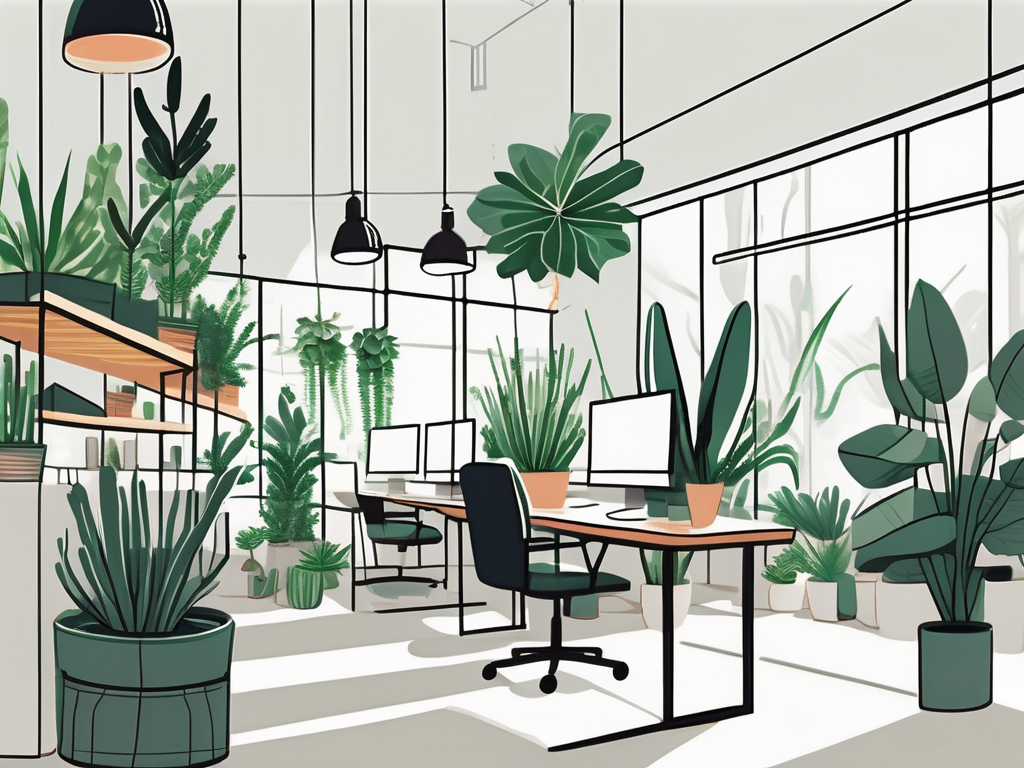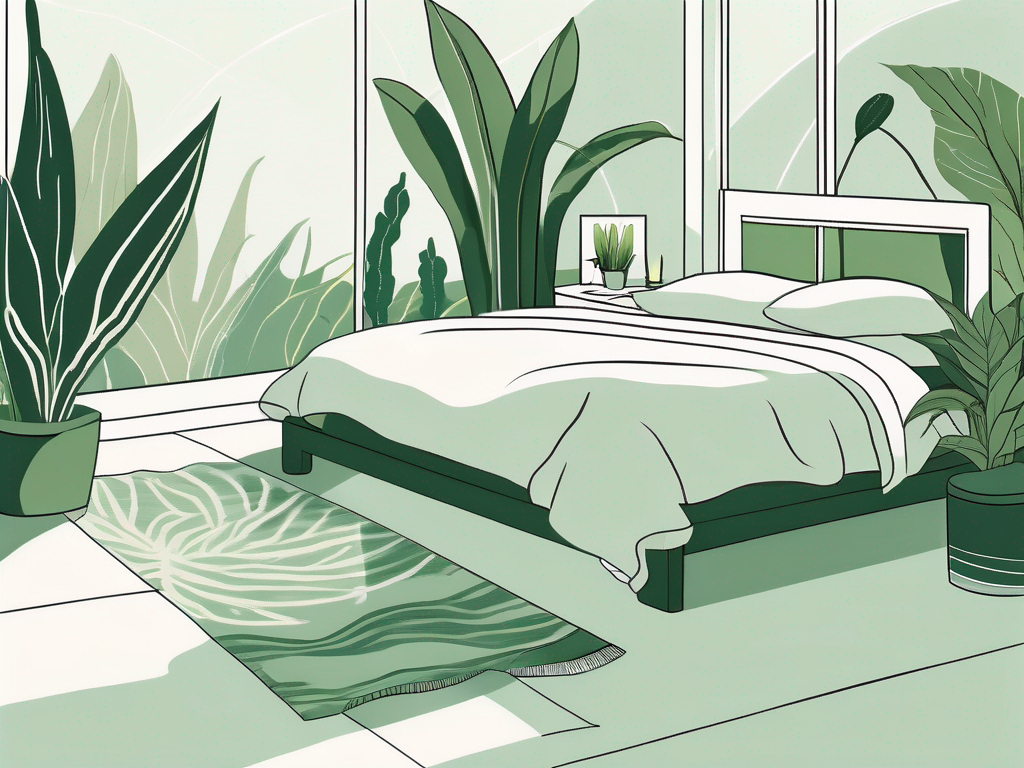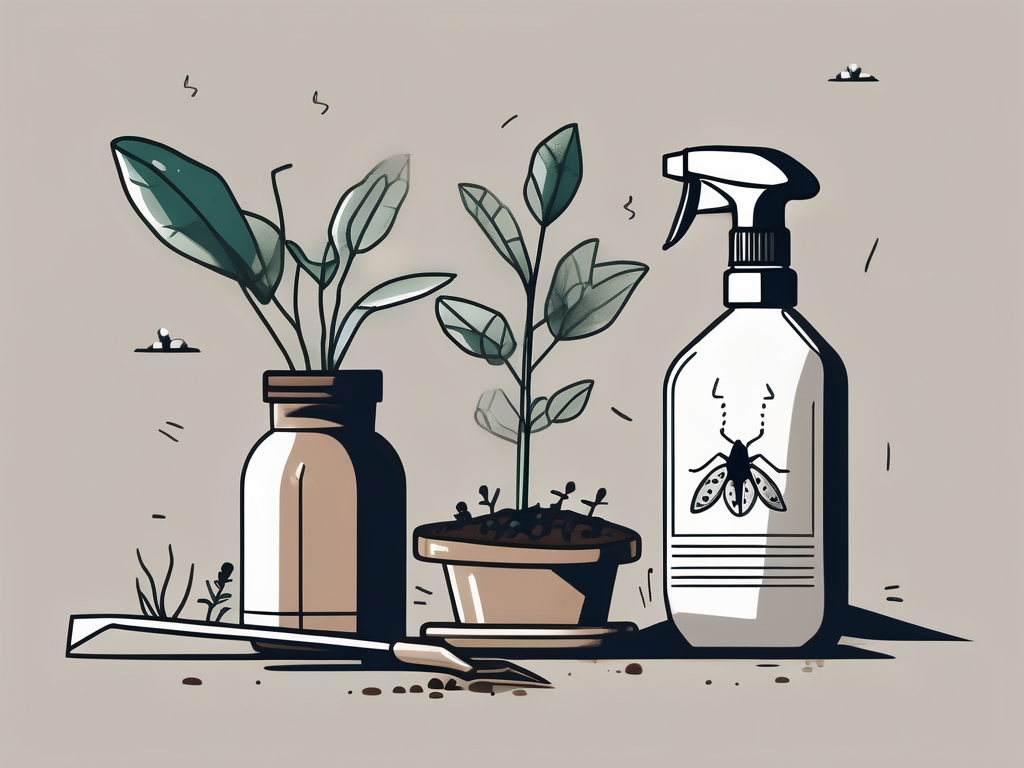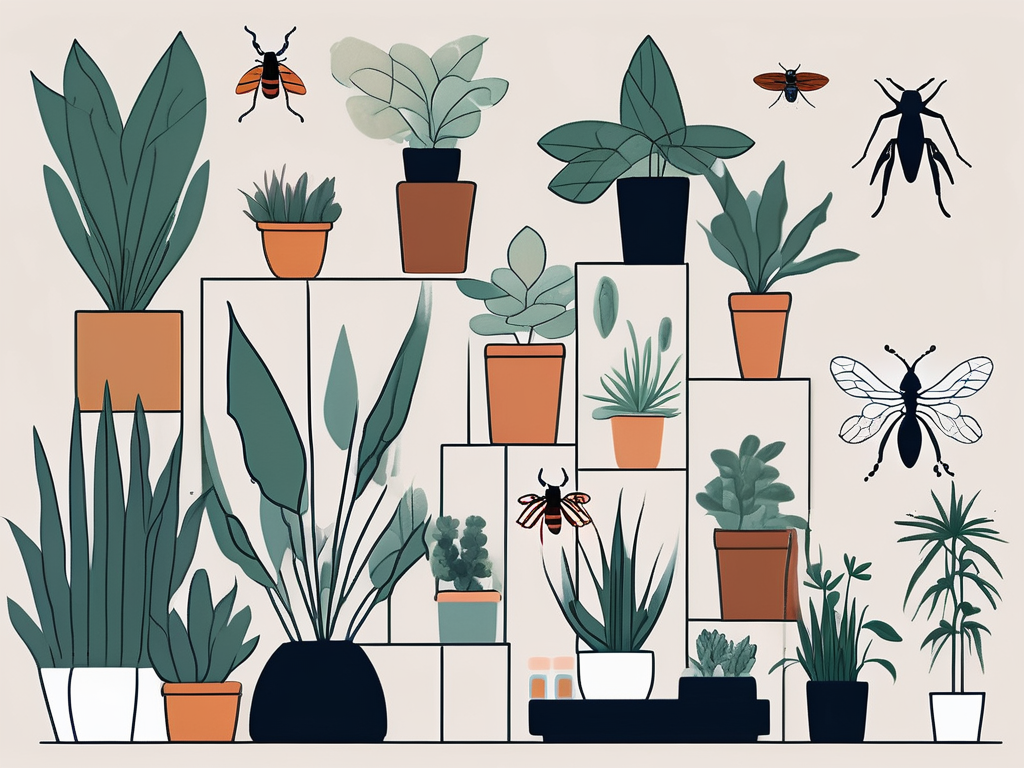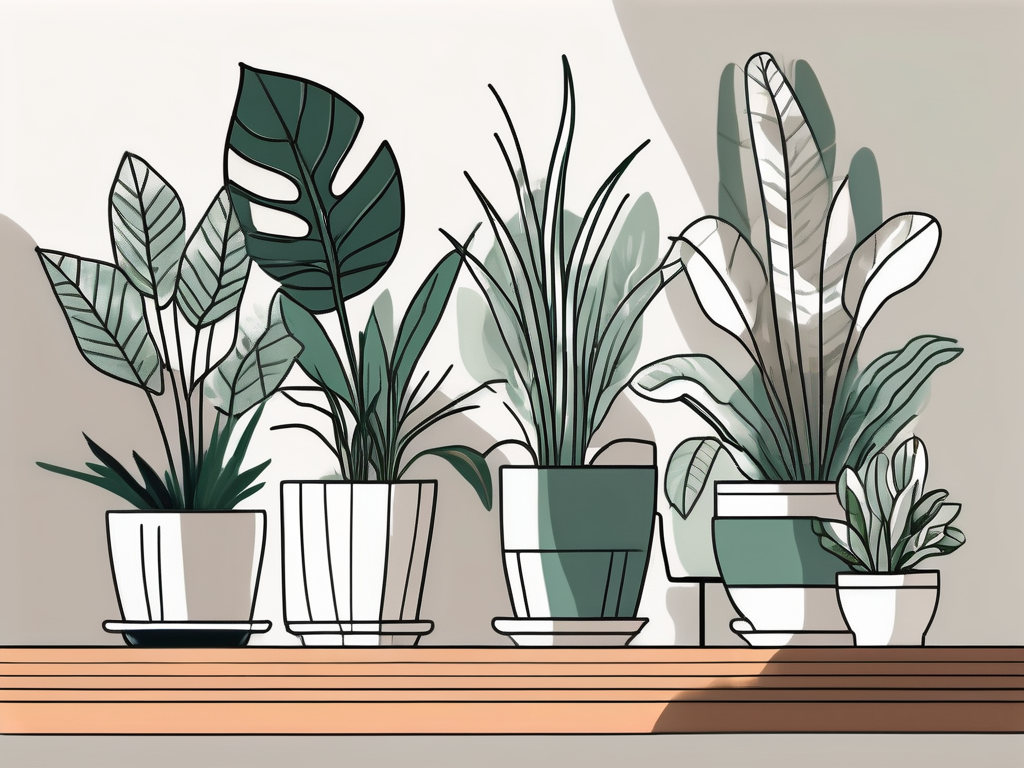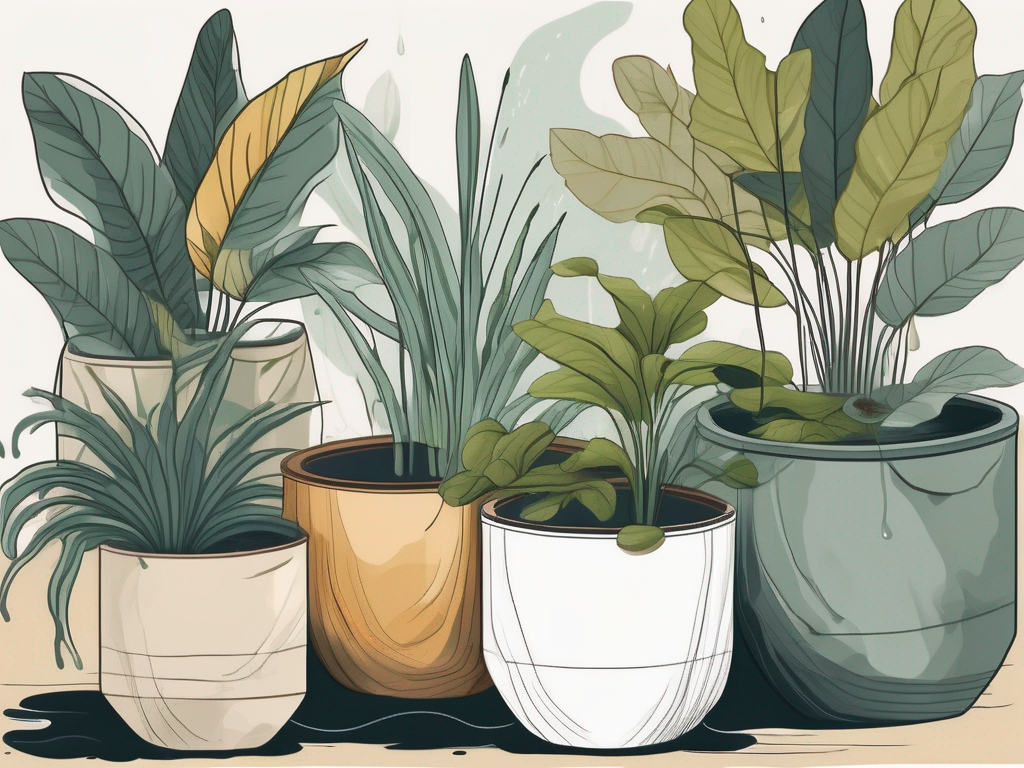
Houseplants can transform a living space, adding not only beauty but a sense of tranquility. However, keeping them healthy isn't always straightforward. One common misstep plant lovers often face is overwatering. While we tend to think more water equals more growth, this isn't always the case, and too much love can drown your leafy friends.
In this article, we’ll chat about the telltale signs your plant might be getting too much water, what you can do if you've overdone it, and how to prevent it from happening again. From droopy leaves to a musty smell, you'll soon be an expert at spotting these signs and keeping your plants happy.
Spotting the Signs of Overwatering
So, how can you tell if your plant is suffering from a little too much H2O? It's not always obvious at first glance, especially since some signs of overwatering mimic those of underwatering. Here's what to look for:
- Yellowing Leaves: When leaves turn yellow, it's often a cry for help. While this can mean many things, overwatering is a frequent culprit. Check to see if the soil is consistently soggy.
- Wilting: It might seem counterintuitive, but overwatered plants can wilt just like underwatered ones. The roots can't breathe, leading to droopy stems and leaves.
- Root Rot: This is a more serious sign of overwatering. If you notice a foul odor coming from the soil or see roots that are brown and mushy, root rot might be the cause.
- Blistering on Leaves: Too much water can cause cells in the leaves to burst, leading to blisters or lesions.
- Mold or Fungus: Excess moisture can lead to mold or fungus appearing on the soil surface or the plant itself.
It's important to pay attention to these signals. The sooner you notice, the easier it will be to correct the issue and nurse your plant back to health.
Understanding Why Overwatering Happens
Overwatering doesn't just happen because you're generous with the watering can. Several factors can contribute to this issue, and understanding them can help you avoid future mishaps.
First, let's talk about drainage. If your plant's pot doesn't have drainage holes, water can easily accumulate at the bottom, suffocating the roots. Even with drainage holes, using a potting mix that retains too much moisture can cause problems.
Then there's frequency. It's easy to fall into a routine of watering on a strict schedule, but the truth is, plants don’t always need water at the same time every week. Their needs can change with the seasons, humidity, and even the plant's growth stage.
Finally, the size of the pot matters. A pot that's too large for the plant can hold more water than the plant needs, leading to soggy soil. It's all about balance, and sometimes it takes a bit of trial and error to get it just right.
Rescuing an Overwatered Plant
If you've realized your plant is suffering from too much water, don't panic. There are steps you can take to bring it back from the brink.
Let It Dry Out
The first thing you should do is let the soil dry out. Move the plant to a bright spot with good air circulation, but avoid direct sunlight, which can stress the plant further. You want the soil to dry evenly.
Check the Roots
If you suspect root rot, it's time to get your hands dirty. Gently remove the plant from its pot and inspect the roots. Healthy roots are firm and white, while rotting roots are brown and mushy. Trim away any affected roots with clean scissors to prevent the rot from spreading.
Repot with Fresh Soil
Once you've trimmed the roots, repot the plant in fresh, well-draining soil. Choose a pot with good drainage, and don’t pack the soil too tightly. This will allow the roots to breathe and recover.
Preventing Overwatering in the Future
Prevention is always better than cure, especially when it comes to plant care. Here are some tips to avoid overwatering in the future:
- Understand Your Plant’s Needs: Research your plant’s specific water requirements. Some plants like it dry, while others prefer consistently moist soil.
- Use the Right Soil: Different plants have different soil needs, so make sure you're using the right mix. Add perlite or sand to improve drainage if needed.
- Check the Soil Before Watering: Stick your finger about an inch into the soil. If it feels dry, it's time to water. If it's still moist, wait a few days and check again.
- Water Thoroughly, But Less Frequently: Water until it flows out of the drainage holes, ensuring the entire root system gets hydrated. Allow the soil to dry out slightly between waterings.
- Adjust to the Seasons: During winter, plants often need less water due to slower growth and lower light levels.
By keeping these tips in mind, you'll create a watering routine that suits your plant’s needs and avoids the pitfalls of overwatering.
Choosing the Right Pot and Soil
Let's take a closer look at how the right pot and soil can make all the difference. It might seem trivial, but these choices are crucial in preventing overwatering.
Pot Material and Size
When picking a pot, consider its material. Terracotta pots are breathable, which helps with moisture regulation. They're great for plants that prefer drier conditions. Plastic pots retain moisture longer, which might be suitable for plants that like more humidity.
Size is important too. A pot that's too large can retain excess water, while one that's too small can lead to cramped roots. Choose a pot that’s just a bit larger than the plant's root ball.
Soil Composition
The soil you use should match your plant's needs. A succulent or cactus, for example, thrives in a gritty, fast-draining soil mix, while a fern might prefer something that retains moisture better.
A good rule of thumb is to ensure the soil isn’t too dense. Mix in materials like perlite, vermiculite, or sand to improve aeration and drainage. This allows water to flow through the soil, reducing the risk of waterlogging.
Recognizing Different Plant Watering Needs
All plants aren't created equal, especially when it comes to their watering needs. Some plants, like cacti and succulents, thrive on minimal water, while others, like ferns, enjoy consistent moisture. Recognizing these differences is key to avoiding overwatering.
Here's a quick rundown on some common houseplants and their watering preferences:
- Cacti and Succulents: These plants store water in their leaves and stems, so they prefer dryer soil. Water them sparingly and allow the soil to dry out completely between waterings.
- Ferns: Ferns like a bit more moisture. Keep their soil consistently damp but not soggy. They also appreciate higher humidity.
- Peace Lilies: These plants are more forgiving. They like their soil to dry out a little between waterings, but they’ll let you know when they need a drink by drooping their leaves.
- Snake Plants: Known for their hardiness, snake plants prefer to dry out completely between waterings. They're perfect for forgetful waterers.
Understanding these needs can make all the difference in your plant care routine. Paying attention to individual plant requirements means fewer watering mishaps and happier plants.
Using Technology to Your Advantage
If you're a tech-savvy plant parent, there are plenty of tools and gadgets to help you manage your plant's watering needs more effectively.
Moisture Meters
Moisture meters are handy devices that can help you determine when your plant actually needs water. Simply insert the probe into the soil, and it will give you a reading of the moisture level. This can take the guesswork out of watering.
Smart Plant Sensors
For those who love smart home gadgets, there are plant sensors that sync with your smartphone. These sensors can monitor soil moisture, light levels, and even temperature, sending alerts when it’s time to water or adjust the plant’s environment.
Automatic Watering Systems
Automatic watering systems can be set up to deliver water to your plants on a schedule. This is especially useful if you travel often or have a large collection of plants.
While these tools can be helpful, remember they’re supplements to your own observations. Nothing beats the personal touch of getting to know your plants and their individual quirks.
When Overwatering Mimics Underwatering
One of the trickiest parts about plant care is that the symptoms of overwatering can sometimes look a lot like underwatering. It’s easy to mistake one for the other, leading to even more watering and, potentially, more problems.
Both situations can result in wilted plants, yellow leaves, and stunted growth. So how do you tell the difference?
- Feel the Soil: The simplest method is to check the soil. If it's dry and crumbly, your plant likely needs water. If it's soggy or mushy, hold off on watering.
- Weight of the Pot: Lift the pot. A plant that needs water will be lighter than one that's been overwatered.
- Observe the Leaves: Overwatered leaves might feel soft and mushy, whereas underwatered leaves tend to be crisp and dry.
With practice, you'll become more adept at recognizing these subtle differences, making it easier to give your plants exactly what they need.
Creating a Watering Routine
Establishing a watering routine that suits both you and your plants can bring peace of mind and healthier plants. It doesn't have to be complicated, but a little planning goes a long way.
Set a Schedule
While plants don’t always need water on a strict schedule, having a regular check-in time can be helpful. Pick a day each week to assess your plant’s needs, checking soil moisture and overall plant health.
Group Plants by Watering Needs
To make your routine more efficient, group plants with similar watering needs together. This way, you can water them at the same time, reducing the chance of over- or underwatering.
Keep a Plant Journal
Consider keeping a journal or a simple note on your phone to track your watering schedule, the condition of each plant, and any changes you observe. This can help you spot patterns and adjust your care routine as needed.
With a thoughtful approach, your watering routine will become second nature, and your plants will thrive as a result.
Final Thoughts
Recognizing and preventing overwatering is an important part of plant care. By understanding the signs, adjusting your practices, and getting to know your plants' unique needs, you can cultivate a lush and thriving indoor garden.
At Cafe Planta, we're passionate about helping you succeed in your plant care journey. Whether you're looking for the perfect plant or just need some tips, we're here to help. Feel free to email us or reach out on Instagram. We believe in the power of plants to connect us with nature and each other, and we’re excited to be a part of your green adventure.

